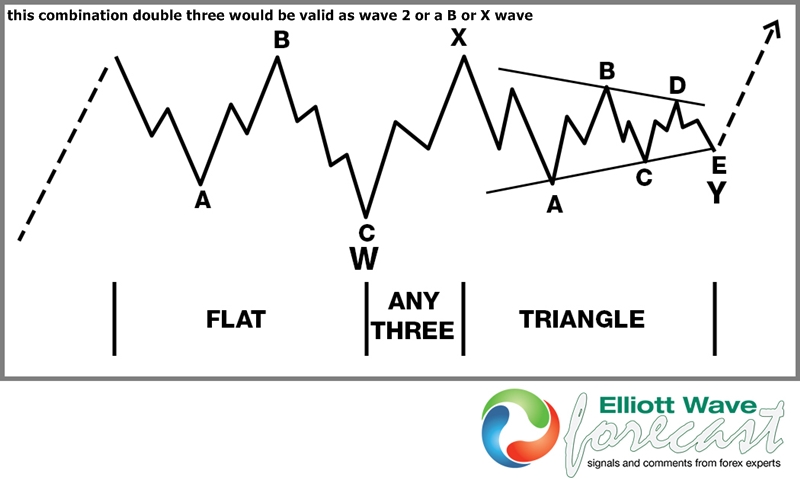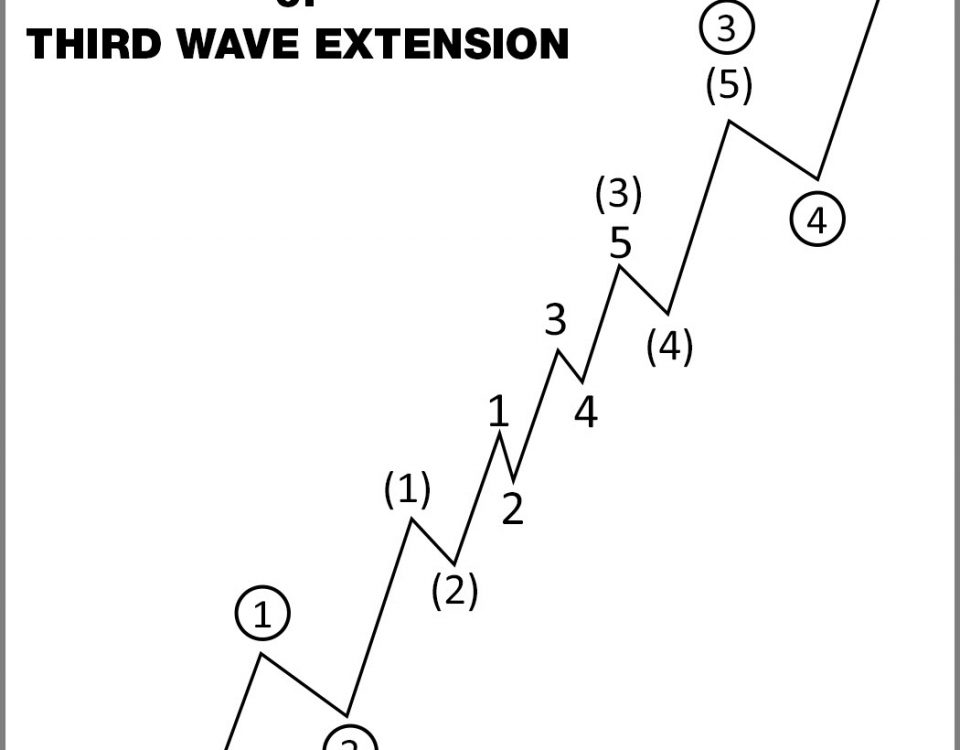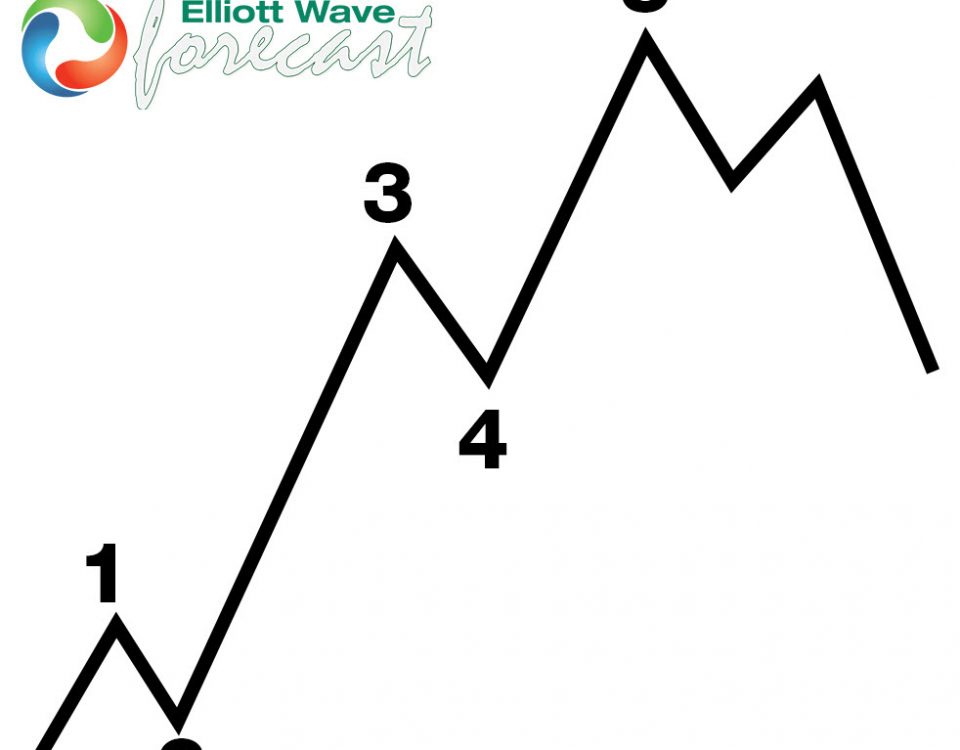August 7, 2016
Published by admin at August 7, 2016
Categories
In this video we will explain how we can identify 5 waves impulsive move, which is the most popular structure and everyone with some knowledge of Elliott Wave are familiar with. However, this 5 waves move do not happen that often in today’s market, compared to the market in the past. So what are some of the criteria used to label moves as 5 impulsive waves? Watch this video and learn how to identify impulsive waves using the 1 hour chart of Corn. Please note that the rule states wave 4 should not overlap with wave 1 but at EWF, […]
August 7, 2016
Published by admin at August 7, 2016
Categories
In this educational video, we will talk about the Elliottwave zigzag structure. Zigzag is a corrective 3 wave move labelled as an ABC. Zigzag is a 5-3-5 Elliott wave structure but zigzag can also be the internal structure of a double three WXY or an internal structure of a triple three WXYZ. What are some of the characteristics of zigzag and the relationship between the swing? For further reading and tips, feel free to read our technical articles at Technical Blogs, check Chart of The Day, or take 14 days FREE trial We offer 24 hour coverage of […]
August 7, 2016
Published by admin at August 7, 2016
Categories
The patterns that usually occur in the market can be subdivided in two main categories: Impulsive pattern and corrective pattern. The main difference between these two groups is in Impulsive pattern the move in the market is sharp and without overlap but in corrective pattern, we see sideway and overlapping price actions. The impulsive patterns are labeled by numbers ( 1,2,3,4,5 or i,ii,iii,iv,v) and corrective patterns by letters (A,B,C or W,X,Y,Z). The objective of this blog is to show very briefly the more common patterns and how to use labels for them. The Impulsive Pattern: An impulsive pattern is a […]
August 7, 2016
Published by admin at August 7, 2016
Categories
Double three structures in general are common occurrences in the market and as it has been pointed out before they can also be the Elliott wave formation that a particular market instrument is trending in the larger degrees and time frames as it is simply impossible in some markets to get a legitimate impulsive count. That said these may be seen in any time frame or degree. Noted in the graphic below is a bullish example which can be applied inversely for a bearish market condition. The leading dotted line can represent either a wave 1, 3 or 5th of a […]
August 7, 2016
Published by admin at August 7, 2016
Categories
In this article blog you will learn how to deal with Elliott Wave Extensions which occur within impulsive structures. One of the basic rules in Elliott Wave theory says that in 5 wave structure, wave 3 can’t be the shortest one. However, this does not necessary means that wave 3 should always be extended. Although the extension withing wave 3 is the most comment, extensions could also happen within wave 5 or wave 1. In the picture below, you can see what Elliott wave extensions look like in all three cases : whithin wave 1, wave 3, and wave 5: Statistic […]
August 7, 2016
Published by admin at August 7, 2016
Categories
Besides technical characterists, Elliott wave analysts are also familiar with individual wave personality, which typically reflects the psychology of the moment. In the picture below you can see an example of the rising trend – 5 wave impulsive structure. Wave 1 is rarely obvious at its inception . Traders believe previous trend is still strongly in force and it’s usually considered as correction. Volume might increase a bit as move progressing, but not by enough to alert many technical analysts. Occasionally it could take structure of leading diagonal. Wave 2 corrects wave one and it could never extend beyond the […]




